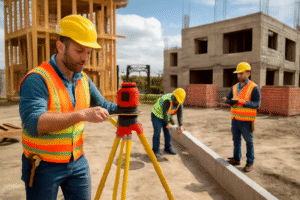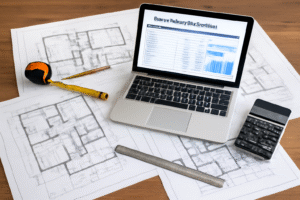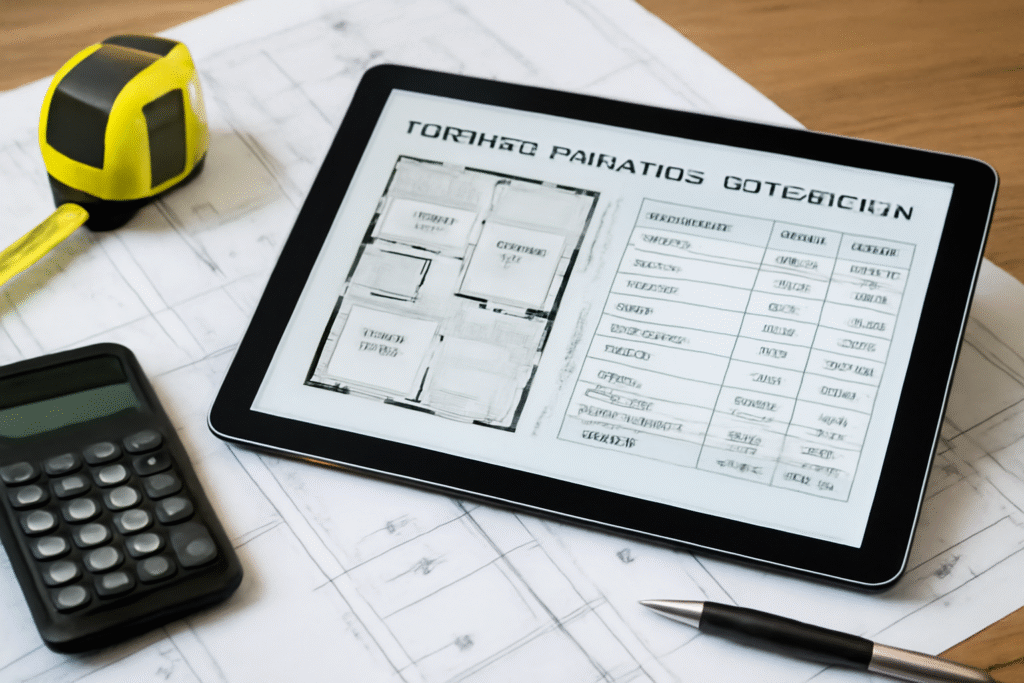Explore the ultimate guide to residential construction estimating. Learn how to estimate costs, create accurate budgets, and avoid common pitfalls. Start planning your project with confidence!
Residential Construction Estimating: A Comprehensive Guide
When it comes to residential construction estimating, precision is key. Whether you’re a contractor, homeowner, or project manager, understanding how to estimate construction costs accurately can save time, reduce risks, and prevent unexpected expenses down the road. This guide will help you navigate through the steps of estimating the cost of residential construction projects, ensuring your budgets are reliable and comprehensive.
What is Residential Construction Estimating?
Residential construction estimating is the process of calculating the anticipated costs of a construction project, specifically for homes, apartments, or other residential structures. The goal is to provide an accurate budget that covers all aspects of the construction process, including materials, labor, equipment, and overhead costs. A well-prepared estimate helps ensure that the project stays within budget and meets financial expectations.
Key Elements of Residential Construction Estimating
- Labor Costs:
Labor is one of the largest expenses in residential construction. Estimating labor costs involves calculating the time and wage rates for all workers involved in the project, including construction workers, electricians, plumbers, and carpenters. - Material Costs:
Material costs can vary greatly depending on the quality of materials chosen and the scope of the project. Common materials include concrete, wood, steel, drywall, and roofing materials. An accurate estimate should account for both the quantity and price of these materials. - Equipment Costs:
Certain construction projects require specialized equipment, such as cranes, excavators, or scaffolding. The cost of renting or purchasing this equipment should be factored into the overall estimate. - Overhead and Administrative Costs:
These costs cover indirect expenses such as project management, insurance, permits, and utilities. They are essential for maintaining the smooth operation of the project but often get overlooked. - Contingency Fund:
A contingency fund is necessary to cover unexpected costs that may arise during the construction process. It is typically recommended to allocate 5-10% of the total project cost for contingencies.

Step-by-Step Guide to Residential Construction Estimating
1. Define the Scope of the Project
The first step in any estimating process is defining the scope. What type of residential construction are you planning? Will it be a single-family home, a multi-family complex, or a renovation? The scale of the project will directly influence the estimate.
2. Gather Material Quantities and Prices
Next, compile a list of all the materials required for the project. Be specific about quantities, and research current market prices for materials like lumber, cement, windows, and finishes. Online resources or suppliers can help you determine accurate material costs.
3. Calculate Labor Costs
Labor costs are calculated based on the number of workers needed and the expected time for the project. Use industry-standard labor rates for different types of work, such as carpentry, plumbing, and electrical work.
4. Factor in Equipment Rentals
If the project requires heavy machinery, include the cost of renting or purchasing equipment. Contact local suppliers or equipment rental companies for accurate pricing.
5. Account for Overhead and Other Expenses
Don’t forget to include indirect costs, such as insurance, project management fees, and permits. These can add up quickly and should be accurately represented in your estimate.
6. Build in a Contingency Fund
Finally, allocate a contingency fund to cover unexpected expenses. This will protect you against any unforeseen complications, such as price increases or supply shortages.

Best Practices for Residential Construction Estimating
- Be Detailed:
The more detailed your estimate, the more accurate it will be. Break down the costs into specific categories (e.g., foundation, framing, roofing) to ensure nothing is overlooked. - Use Estimating Software:
Modern construction estimating software like Procore, Buildertrend, or RSMeans can automate much of the estimating process, providing more accurate and faster results. - Get Multiple Quotes:
Always get multiple quotes from contractors, material suppliers, and equipment rental companies. This will help you get the best deal and ensure that your estimate reflects the true cost of the project. - Stay Updated on Market Prices:
The prices of construction materials can fluctuate due to supply chain issues or changes in demand. Stay updated on the latest trends and adjust your estimate as needed. - Consult with Professionals:
If you’re not an expert in construction estimating, it’s worth consulting with professionals who can help you create a realistic and accurate budget.
How to Optimize Residential Construction Estimates for Your Budget
Optimizing your estimate is critical for staying within budget. Here are some tips:
- Use Local Data: Local labor and material prices can vary, so make sure your estimate reflects local market conditions.
- Plan for Delays: Construction projects often experience delays, so it’s important to factor in extra time and costs for these potential setbacks.
Include All Costs: Don’t underestimate small costs that might add up over time. Include everything from disposal fees to cleanup costs.
Conclusion
Accurate residential construction estimating is crucial for the success of any project. By following these best practices, you can ensure your estimates are reliable, and your budget stays intact. Whether you’re a homeowner planning your dream home or a contractor estimating a large project, being diligent in your estimation process can make all the difference.
Contact Information for Zion Estimating:
- Phone Number: 718-427-9941
- Email Address: [email protected]
- Website: https://zionestimating.com
